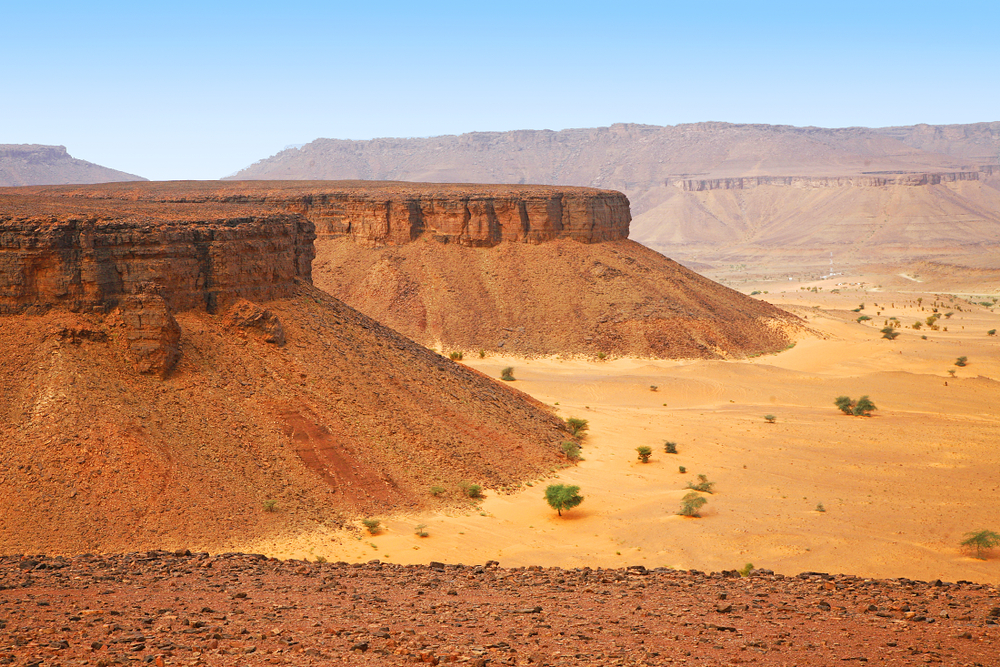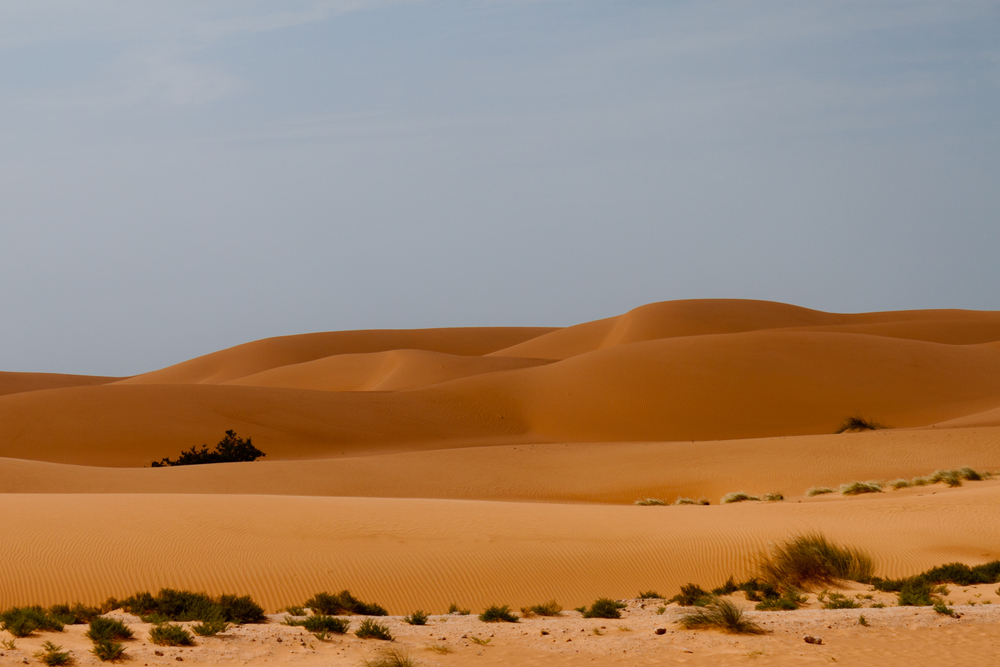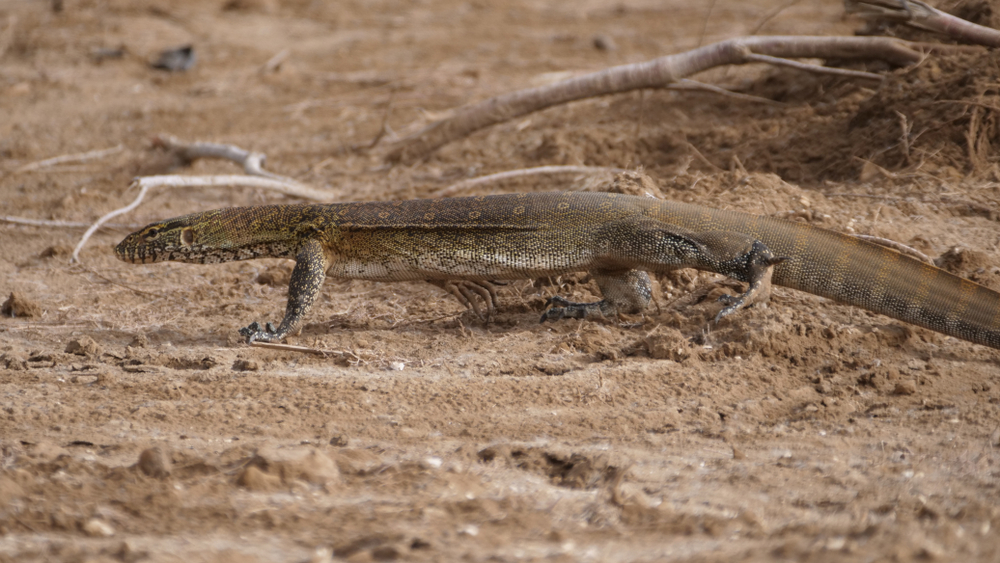Mauritania, a country defined by its vast deserts and rugged landscapes, is home to two officially recognized national parks, each representing unique ecosystems and serving as crucial conservation areas. Despite the arid nature of much of the country, these parks protect vital habitats that support a surprising diversity of wildlife and provide refuge for both local and migratory species.
Banc d’Arguin National Park, a UNESCO World Heritage Site, is Mauritania’s most renowned national park. Located along the Atlantic coast, this park encompasses a mix of sandy beaches, mudflats, and shallow coastal waters that form one of the most important bird sanctuaries in the world. Banc d’Arguin serves as a critical stopover point for millions of migratory birds traveling between Europe and Africa, including species such as flamingos, pelicans, and sandpipers. Its marine environment is equally rich, supporting fish, dolphins, and sea turtles, which rely on the park’s seagrass beds and shallow waters. The local Imraguen fishing communities have historically coexisted sustainably with the park’s resources, embodying a model of harmonious human-environment interaction.
Diawling National Park, located in the Senegal River Delta in southern Mauritania, provides a stark contrast to the arid deserts of the country’s interior. This park features wetlands, floodplains, and seasonal lakes that are home to a variety of wildlife, including warthogs, gazelles, and crocodiles, as well as numerous bird species such as herons and storks. The restoration of Diawling’s wetlands has been a significant conservation success, as it has revitalized habitats that were previously degraded by upstream dam construction. The park also supports local livelihoods by improving conditions for sustainable fishing and agriculture.
Despite their ecological significance, Mauritania’s national parks face several conservation challenges. Climate change and desertification threaten both terrestrial and aquatic ecosystems, while limited resources for park management hinder effective protection and monitoring. Additionally, illegal fishing and unsustainable resource use pose ongoing risks to biodiversity. However, international partnerships and local community involvement have contributed to significant conservation gains, particularly in habitat restoration and the protection of migratory bird populations.
Mauritania’s national parks are vital to the country’s natural heritage, offering a glimpse into the resilience of life in harsh environments and showcasing the importance of preserving these unique ecosystems for future generations.












































































